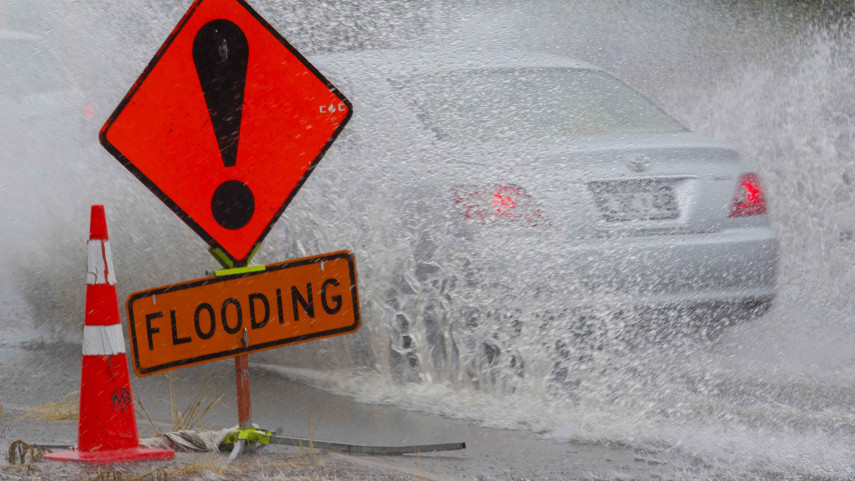
Flood maps updated for parts of Christchurch

Share this story
Updated flooding predictions for parts of the city are now available and searchable on Christchurch City Council’s online flood map.
The Council has mapped the latest data for flood events that are predicted to happen, on average, once every 10, 50, and 200 years.
Head of Three Waters Gavin Hutchison says the updated mapping will help people to easily access the latest information and understand any predicted flooding for those events on a given property.
“Anyone making decisions about a property or about flood readiness for their home or business can search the map and see whether the land may be affected by a specific predicted flood event.
“Similarly, people who are building or undertaking major renovations can check the calculated minimum floor level they may need to protect their house from floodwater. Where this isn’t yet available on the map, we can calculate it if people contact us.
“Checking our flood map is a great first step, but it doesn’t replace getting site-specific advice about the suitability of the land for any intended purpose, as well as getting information from other sources, such as a Land Information Memorandum (LIM), property file, or insurance assessments,” says Mr Hutchison.
The Council's flood map uses localised information and provides a more detailed view of specific flood predictions for Christchurch than the national-level flood data released by Earth Sciences NZ (formerly NIWA) last week.
Local flood predictions are calculated by recording flood-related data, putting it into a computer model of the city, and then checking this against historical flooding.
There are separate computer models for the different urban river catchments in Christchurch – the Avon, Heathcote, Styx, and Halswell rivers – as well as for the Sumner Coastal Catchment.
Flood-related data includes land development, infrastructure projects, rainfall, tides and sea level, ground level, and climate change.
In some parts of the city, a flood model update can mean more predicted flooding, such as where the latest climate predictions result in higher water levels. In other parts, it can be less, such as where the Council has completed projects to reduce flooding.
The Council carries out a large mapping update for each river catchment at least once every five years, and smaller updates in-between as needed.
The modelling is used to calculate the level to which a new building needs to be built to avoid floodwater entering it during a predicted flood event.
Where a property, or part of it, is affected by one or more of the modelled flood events, it gets noted on that property’s Land Information Memorandum (LIM).
Mr Hutchison says the modelling also plays an important part in designing the Council’s extensive flood protection works.
“Christchurch is a very flat area, and we share our urban landscape with five main river catchments and the nearby coast, so extended or heavy rainfall can and does cause parts of the city to flood.
“Our stormwater network is designed with this in mind, and it’s continually being maintained and improved to make the city a more resilient and safer place to live.”
The Council’s stormwater network includes open drains, pipes, pump stations, stopbanks, and stormwater detention basins.
Learn more about our flood mapping, flood modelling, and what the different flood hazards mean.
